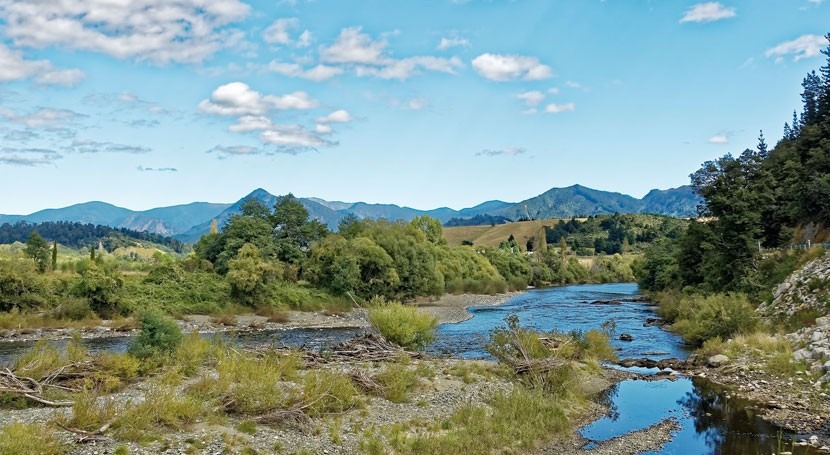New Zealand's waterways from Northland to Southland are reducing in quality, according to a new Land, Air, Water Aotearoa (LAWA) study.
Land, Air, Water Aotearoa (LAWA) has released updated water quality information for over 1,400 river sites. As well as state and trend information at these sites, trends have been aggregated at a national level to provide an overview of how New Zealand’s waterways are tracking. The results are a mix of degrading and improving trends across nine water quality indicators.
Cawthron Freshwater Ecologist Dr Roger Young said, “While there are some encouraging signs for clarity, ammonia, and phosphorus, it’s concerning to see degrading trends are more common than improving for other important river health indicators including E. coli, total nitrogen, and the Macroinvertebrate Community Index.”
Trends have been evaluated for eight widely recognised chemical indicators of river health and a biological indicator; these indicators are clarity, turbidity, E. coli, total nitrogen, total oxidised nitrogen, ammoniacal nitrogen, dissolved reactive phosphorus, total phosphorus, and the Macroinvertebrate Community Index.
“This is the third time we’ve produced a national summary of river water quality trends and this year we took the analysis a step further by breaking trends down by current state. This means people can now see how trends at our best and worst sites are tracking for each indicator.
“The mixed national picture suggests New Zealand has some way to go before meeting our aspirations to maintain or improve river water quality,” said Dr Young.
LAWA River Water Quality Lead Dr Tim Davie said while the national picture provides some interesting signals of changes in water quality, more can be learned by looking at a catchment level.
“Many factors contribute to water quality, from human activities through to climate. To better understand the drivers of change we recommend people look locally at a catchment or site level.
“A strength of the LAWA website is the ability to see all water quality results for a monitored site. Site level information on LAWA is now richer than ever, because with today’s update we’ve widened our offering to show 15-year trends where enough data are available. This gives a longer-term view of changes to local water quality and for some locations represents up to 180 monthly sampling visits by a water quality technician,” said Dr Davie.
The comprehensive data available on the LAWA website are collected and shared by regional and unitary councils and NIWA. Sites cover a wide range of rivers and streams from Northland to Southland.
LAWA Chair Stephen Woodhead said this timely annual update of data available on the LAWA website should help inform communities seeking to understand the health of their waterways.
“The LAWA website continues to go from strength to strength and it’s great to see this year’s River Water Quality topic update include more information than ever before.
““The 10-year national trends and site level data released today are a timely addition to the national conversation as we’re all asked to think on the future of our freshwater. Submissions on the Government’s proposed “Action for Healthy Waterways” proposals are being accepted until the end of October, and I encourage New Zealanders to have their say.
“The LAWA project is all about making the best available environmental information accessible to New Zealanders. It’s a big job, the annual River Water Quality update alone involves a cast of hundreds and is world-leading in making water quality data collected by local authorities, freely available to the public. So I invite people to make use of this national resource,” said Mr Woodhead.
New Zealanders interested in river water quality can explore river trends and/or state across all nine water quality indicators using the map on www.LAWA.org.nz.
LAWA is a collaboration between New Zealand’s 16 regional and unitary councils, Cawthron Institute, and Ministry for the Environment.




